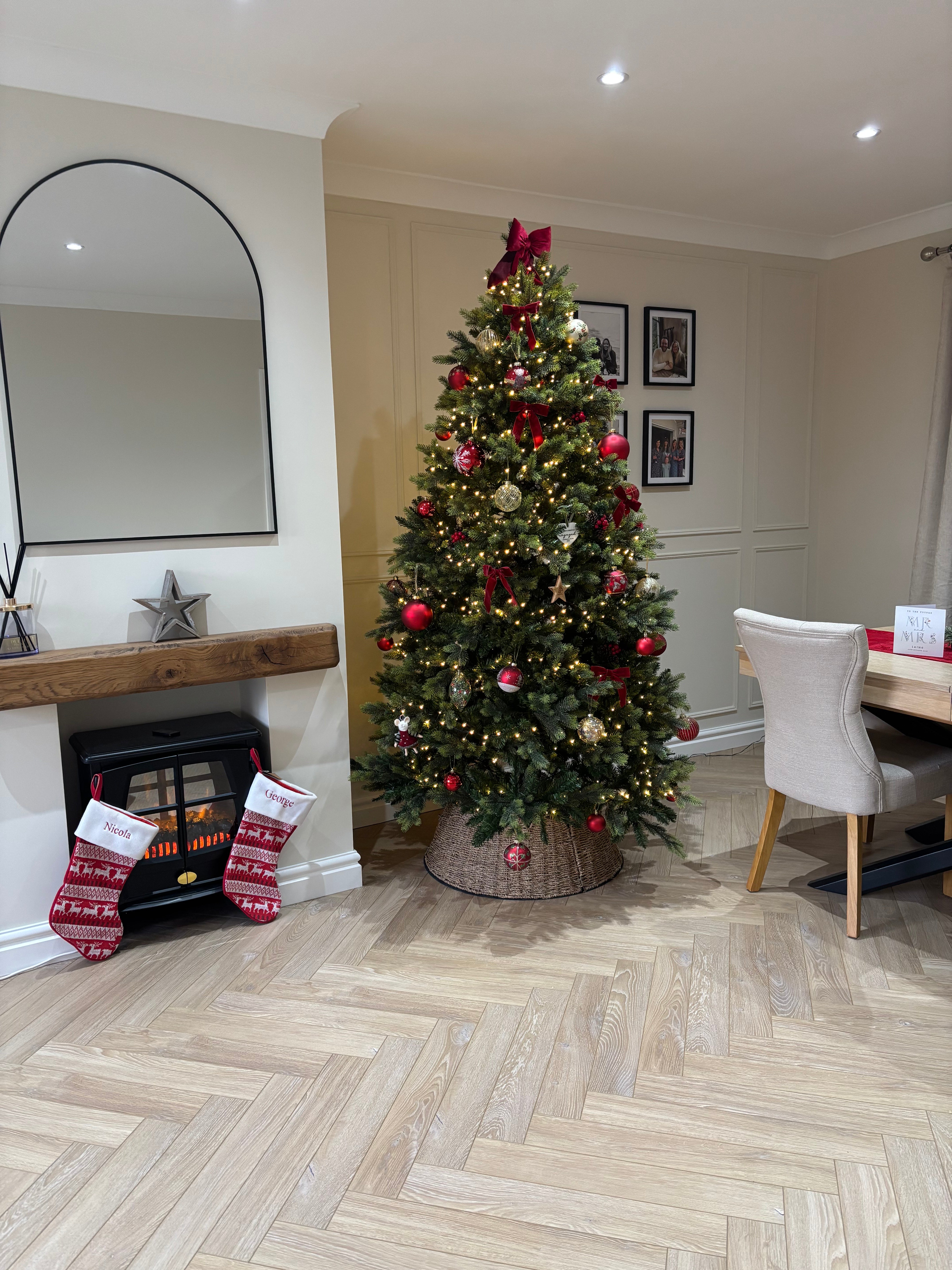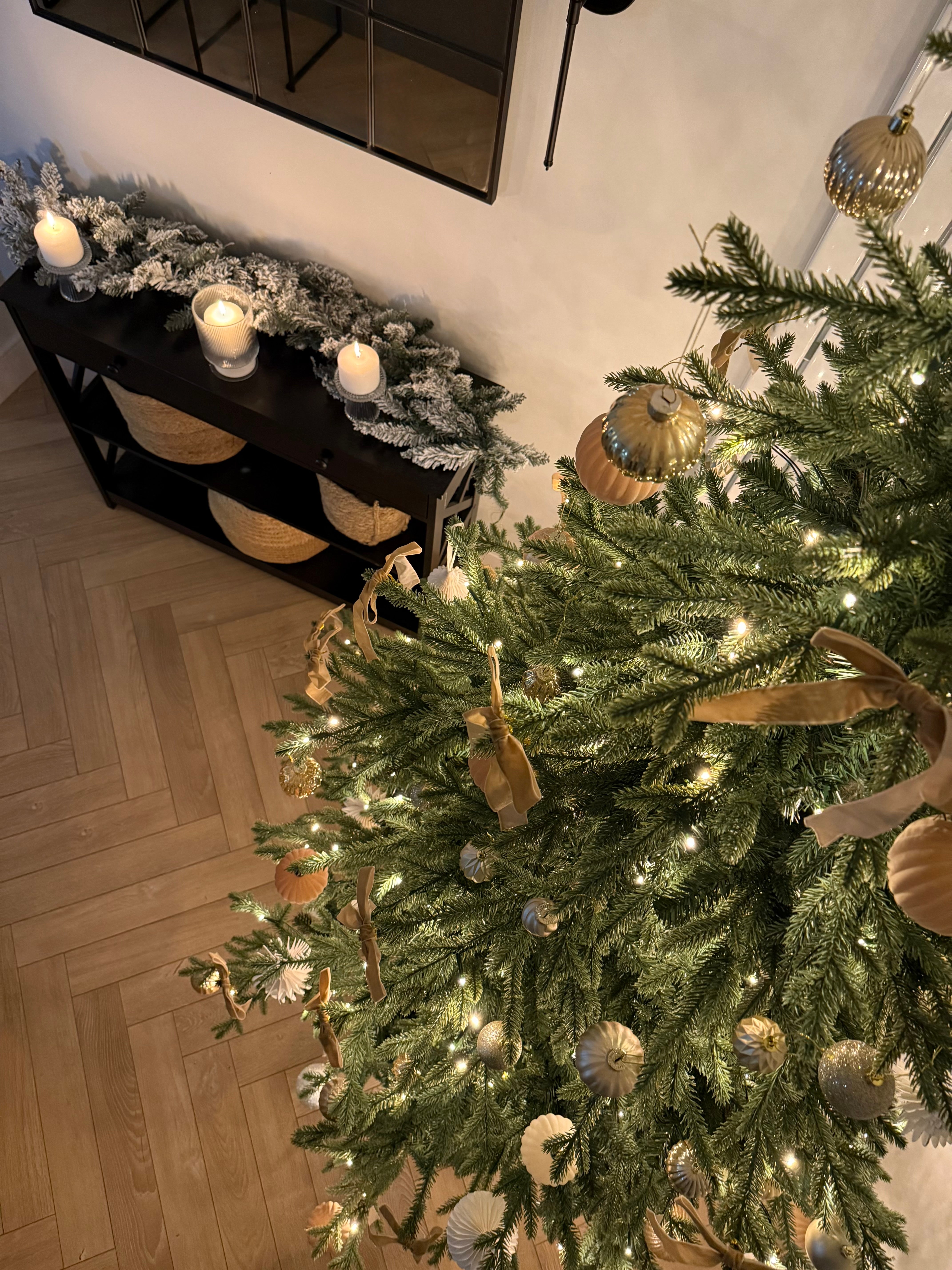Need help?
Frequently Asked Questions
General Questions
Floating floors (e.g. laminate or SPC click systems) should not be installed under kitchen units. These floors need room to expand, so it’s best to fit them around the units. Kickboards, plinths, and side panels can be added after the floor is laid.
Glue-down floors (such as engineered wood or LVT) can be installed wall-to-wall, with kitchen units fitted on top.
Floor Street is a flooring retailer, not an installation company. We don’t provide fitting services directly. Instead, we can connect you with trusted local contractors we’ve worked with for years. These professionals are independent, and you’ll pay them directly.
Please note: your installation guarantee is with the contractor. Floor Street is only responsible for the flooring products you purchase, which are covered by the manufacturer’s warranty.
Here’s how the process usually works:
1. Browse our user-friendly website to choose your floor and order samples directly from each product page.
2. Get a quote based on your provided measurements directly on our website with our smart calculator.
3. Purchase your flooring and accessories. We can ship it to you or store it until needed.
4. When you're ready to book, just contact us and we'll connect you with a recommended local fitter to schedule your installation.
5. Enjoy your beautiful new floor!
Yes — we offer samples for all flooring and stair runners. Just visit the product page and click ‘Order a Sample’.
Yes, our smart Flooring Calculator helps you estimate how much flooring you'll need, including recommended waste allowances:
- Straight Plank Floors: +10% waste
- Herringbone Floors: +15% waste
This ensures you have enough material to complete your space without running short.
Please be sure to select the ‘Add Waste’ option on the product page when placing your order.
You can either:
- Read our step-by-step guide: (Measuring Your Room for Flooring)
- Watch our tuorial video: (How to Measure Your Rooms)
Yes, if the existing floor is securely fixed and in good condition, you can install the new floor over it. Always consult your installer to confirm suitability for your specific flooring type
Deliveries & Orders
Delivery times vary by product. Please check the latest details on our Shipping Policy page.
For stair runner delivery times, please refer to our Shipping Policy.
Yes, if your original order hasn’t been dispatched.
Please contact us as soon as possible at sales@floorstreet.co.uk to make changes.
Yes, if you need to reschedule your delivery, please let us know at least 72 hours in advance. This gives us time to update your order and notify our delivery partners.
Changes requested within 72 hours of delivery may incur a fee, as your order may already be in transit or prepared for dispatch.
To request a change, contact our team at help@floorstreet.co.uk.
Please refer to our Returns & Refund Policy for details on cancellations and eligibility.
You can find full details on our Returns & Refund Policy page.
Yes, we can hold your order for you free of charge for 4 months. For full terms, visit our Shipping Policy.
Please give the Floor Street team at least 7 days notice when you're ready to schedule delivery, so we can prepare your order.
Your delivery date will be sent to you via email. Delivery typically occurs between 9 am and 6 pm.
- Some couriers may send a tracking link or delivery window, but this isn’t guaranteed.
- Drivers usually call ahead and again when arriving.
- Couriers can wait up to 15 minutes at your property.
- If you give permission, they can leave your order on your driveway or outside your home.
Yes — some of our delivery partners offer tracking on the day of delivery. While this isn’t guaranteed across all couriers, you may receive a text or email with a live tracking link if your area supports it.
If you're unsure, feel free to contact us for updates.
We can deliver to most UK locations, including Northern Ireland and remote areas like the Highlands. However, delivery times and fees may vary. Please contact us before ordering for a custom delivery quote.
Understanding Your Flooring Options
SPC flooring is a type of rigid core luxury vinyl made from a stone-plastic composite. It mimics the appearance of natural wood but offers superior durability, water resistance, and ease of installation.
- 100% waterproof
- Built-in underlay in most products
- Highly durable and dent-resistant
- Popular for high-traffic and moisture-prone areas
- Easy click-lock installation system
- Suitable for underfloor heating
LVT flooring is a synthetic flooring that replicates the look of stone, marble, or wood with added benefits:
- Water-resistant and scratch-resistant
- Affordable and stylish
- Suitable for kitchens, bathrooms, and living spaces
- Can be glue-down or click-fit, depending on the product
Laminate flooring is a multi-layer synthetic product designed to replicate real wood or stone. It’s a popular choice for DIY installation due to its simplicity and affordability.
- Cost-effective alternative to hardwood
- Easy click-fit installation
- Durable and low-maintenance
- Water resistant. Suitable for most areas of home like kitchen and other rooms.
- Suitable for underfloor heating
Engineered wood consists of a real hardwood top layer bonded to a plywood base. It looks and feels like solid hardwood but is more dimensionally stable and cost-effective.
- Real wood surface
- Can be sanded and refinished (depending on thickness)
- Suitable for underfloor heating
- Better quality and more sustainable than solid hardwood
- Can be glued down or floated
Click system flooring refers to planks designed to lock together without glue or nails. It’s perfect for quick, clean DIY installation.
- Found in SPC, laminate, and some engineered wood
- Great for floating floors
- Fast, cheaper and hassle-free fitting
Glue-down flooring is installed using adhesive, bonding the planks directly to the subfloor. This method is typically used for:
- LVT and engineered wood
- Commercial spaces or larger rooms
Many SPC flooring products come with pre-attached underlay, offering sound reduction and added comfort underfoot. Always check the product description to confirm.
While both SPC and LVT are forms of luxury vinyl flooring, SPC has a rigid core made of stone and plastic composite, making it more dent-resistant and better for uneven subfloors. LVT has a more flexible core and often offers more design flexibility and slightly softer underfoot feel.
Yes — most of our flooring options, including engineered wood, LVT, SPC, and certain laminates, are compatible with underfloor heating systems.
Be sure to:
- Keep the temperature under 27°C
- Use the correct underlay (where applicable)
- Follow the acclimatisation process before installation
Cleaning & Maintenance Guide for Your Floors
- Daily care: Dry mop using a microfiber mop and a laminate-safe cleaning spray.
- Weekly clean: Damp mop using a laminate-specific solution. Avoid over-wetting the floor.
- Avoid: Steam mops — excessive heat can cause warping.
- Pro Tip: Always vacuum first to remove fine debris that could cause scratching.
- Daily care: Dry mop with a vinyl-compatible cleaning spray and a microfiber mop.
- Weekly clean: Mop with warm water and a gentle vinyl-safe cleaner.
- Avoid: Steam cleaning, harsh chemicals, or excessive water.
- Pro Tip: Vacuum before mopping to eliminate grit and dirt.
- Use a wood-specific cleaner. While we don’t yet stock these products, they’ll be available soon at Floor Street.
Avoid mopping with excess water and never use a steam mop. - For tough stains, use a wood-safe spot cleaner or consult a professional.
Yes — robot vacuums are safe for most floor types we offer, including SPC, LVT, laminate, and engineered wood. Just ensure the vacuum uses soft wheels and isn’t dragging any debris that could cause micro-scratches.
- Choose pH-neutral cleaners to ensure no residue is left behind — safer for babies, kids, and pets.
- Immediately clean up any spills, pet accidents, or muddy prints to prevent long-term damage.
- Use rugs in high-traffic areas like playrooms or entryways to protect the floor.
- Use felt pads under furniture legs to prevent scratches.
- Place doormats at entrances to reduce dirt and moisture.
- Avoid dragging furniture across the floor.
- Keep pet nails trimmed to reduce surface wear.
- Maintain a stable indoor humidity level (40–60%) to prevent expansion or shrinkage.
- Laminate
- Daily: Dry mop
- Weekly: Damp mop
- Monthly: Inspect joints/edges
- As Needed: Spot clean scuffs
- LVT / SPC
- Daily: Dry mop
- Weekly: Damp mop
- Monthly: Deep clean
- As Needed: Address scratches
- Engineered Wood
- Daily: Dust/vacuum
- Weekly: Light damp clean
- Monthly: Re-oil (if required)
- As Needed: Spot clean stains
- Do:
- Use floor-specific cleaners
- Vacuum regularly with soft brush attachments
- Dry mop to pick up dust and allergens
- Test new products in a small area first
- Don’t:
- Use steam mops or excess water
- Use bleach, ammonia, or abrasive scrubbers
- Leave standing water on the floor
- Use generic multi-surface sprays
Floor Street’s Step-by-Step Fitting Tutorials
Herringbone flooring requires precision, but with the right guidance, it's a rewarding DIY project.
Watch our full video tutorial here:
(How to Fit Herringbone Flooring – Floor Street)
Video covers:
- Tools you’ll need
- Subfloor preparation
- Dry-lay pattern planning
- How to click or glue herringbone planks
- Common mistakes to avoid
Installing a stair runner adds style and safety — and it’s doable with a bit of patience and the right method.
Watch our full video guide here:
(How to Fit Stair Runners - Floor Street)
Video covers:
- Measuring your stairs
- Centering and alignment
- Fixing techniques (tackless strips, staples, or adhesive)
- Cutting and finishing
- Final inspection
Before starting your project:
- Make sure your subfloor is clean, level, and dry
- Review product-specific installation requirements (e.g., glue-down vs. click systems)
- Use the correct tools — all listed in the video descriptions
- Order 10–15% extra flooring to allow for cutting and pattern alignment
Yes — all flooring should be acclimatised before fitting to prevent expansion or contraction post-installation.
- Laminate, LVT, and SPC: Leave in the room for 24–48 hours
- Engineered wood: Minimum of 72 hours, with boxes opened
Ensure the room is at normal living temperature (18–22°C) and relative humidity between 40–60%.








